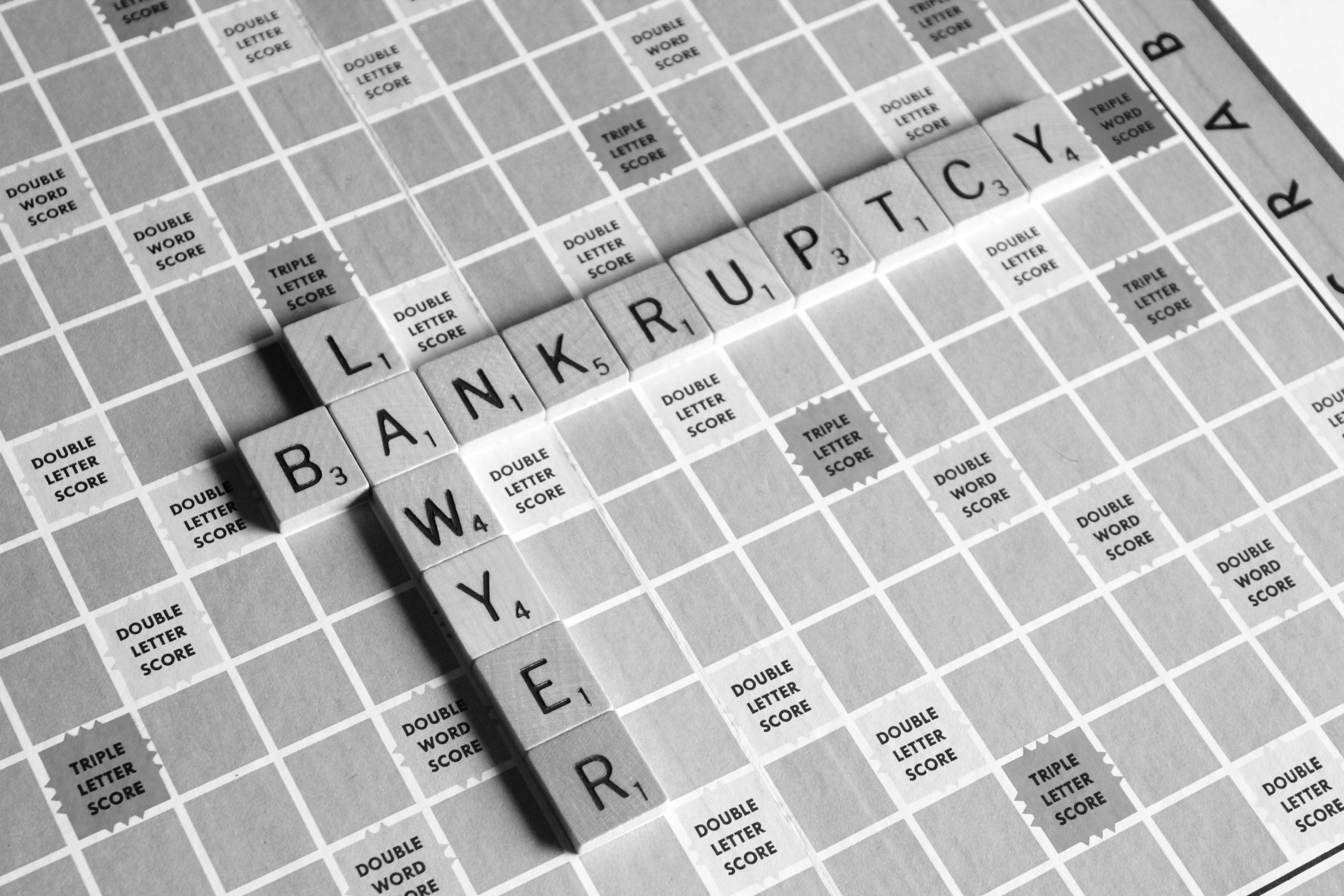When facing the threat of bankruptcy, your financial options may seem limited. But with the help of a professional legal firm, you can ensure that you remain financially stable with just a bit of asset reshuffling and the help of the law. Each state has its own particular way of handling bankruptcy claims. Florida, for example, has two which are of particular interest for today’s blog: Bankruptcy Chapter 7 and Bankruptcy Chapter 13.
Chapter 7 Bankruptcy Law
Chapter 7 Bankruptcy, also known as “liquidation bankruptcy”, is the most frequently used chapter of bankruptcy. It allows you to wipe out all your debt by liquidating your assets and can be used as an option during fair debt collection. Despite the law’ intimidating presence, when used correctly, its protections can help individuals achieve a fresh start. There are many different steps and procedures that need to be handled before the filing can take place, this includes:
- Filing the petition can be done by the debtor themselves, but attorney representation is always recommended.
- Petition review during this stage the final draft is reviewed by the debtor in the presence of an attorney.
- Meeting of creditors is held to allow creditors to ask questions concerning the debtor’s acts, conduct, property, financial records or bankruptcy case documents, and the administration of the case.
- Reaffirmation is chosen if the debtor agrees to pay the money owed to keep certain assets from being repossessed.
- Redemption, if an asset worth less than the amount owed to a secured creditor, it may be purchased or redeemed from the creditor, thus requiring the debtor to pay a lump sum amount to the creditor based on what the fair market value of the property/asset is at the time they filed for bankruptcy relief.
Chapter 13 Bankruptcy Law
Chapter 13 of the Bankruptcy Code is often referred to as a “wage earner” bankruptcy. A debtor agrees to pay creditors the amount due in monthly installments based on their income and expenses. This option is perfect for debtors who want to keep secured assets and those who have valuable non-exempt property. It considers your current financial situation to ensure you are able to keep your assets and work towards securing your financial stability. All payment plans are thus based on the debtors’ future income and ability to pay:
- regular installments to secured creditors,
- priority debts,
- and all or part of the unsecured debts.
This also means that if there is no income coming in, the debtor will have to resort to filing Chapter 7 bankruptcy.
It’s important to familiarise yourself with the laws that apply in your state and plan accordingly. When things get too complicated, look for help – there are experienced professional everywhere.

